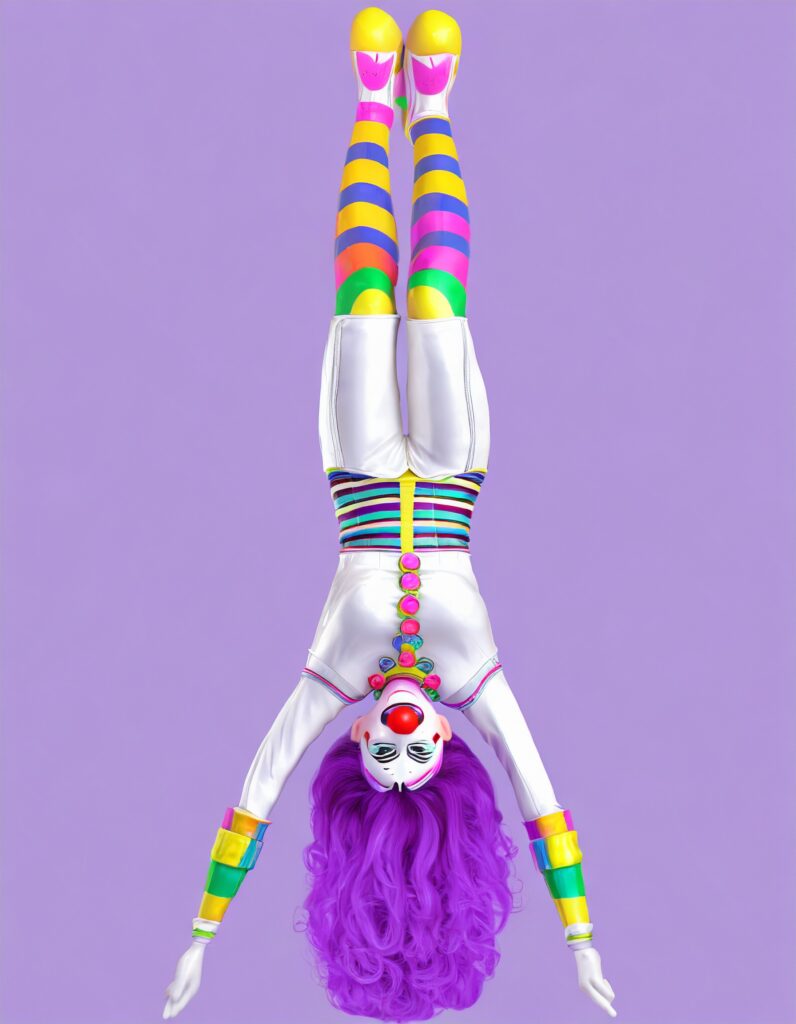By Jill Hubbard Bowman
Artificial intelligence (AI) has turned copyright law on its head.[i]

AI has also caused widespread confusion about the availability and scope of copyright protection in the United States.
Questionable, unbalanced copyright assumptions include:
- Copyrights protect all works on the internet from any use, including AI training.
- Copyrights protect AI algorithms and design processes.
- Copyrights protect standard AI architectures, model weights, common hyperparameters, and functional modifications.
- Copyrights protect AI output, including software code.
- All AI technologies are derivative works.
- Making and using any AI technology infringes copyrights.
- Traditional copyright software licenses can control all uses of software and AI technology.
Navigating copyright law, however, is critical for anyone making or using AI technology. Incorrect assumptions about the scope of copyright protection or degree of risk of infringement may put your technology, goals, and company growth at risk.
Millions are already using the magic of AI tools.
AI is going to transform our world in a myriad of ways at home, school, and work. Billions have been invested and trillions are at stake. Soon AI will be used everywhere by almost everyone.

But not all are happy about the power of AI technology and limits of U.S. copyright law.[i] Numerous creative copyright owners are upset about the limits of copyright protection. Some have brought class action copyright infringement lawsuits. Other creators using AI tools, including software developers, are concerned about the lack of copyright protection for output.[ii] Some software rights activists are concerned that allowing AI training as fair use and compulsory licensing will eviscerate copyleft ecosystems for software and public works like Wikipedia.[iii] Some companies see the potential benefits of AI tools but are wary about destruction of trade secret rights, misuse, security issues, and potential litigation and liability.
Legal answers to the most challenging issues-the scope of copyright protection or copyright infringement liability-depend on a carnival of facts, actors, and actions. Copyright law is notoriously complex and varies by country. It also can change based on legal interpretations by the federal courts or the Copyright Office. A legal copyright analysis is fact specific and depends on the type of AI technology, and how, where, and why it was developed, deployed, and used.
The U.S. Copyright Law AI Map resource will help you understand the foundational questions for a legal copyright analysis of AI technology based on U.S. copyright law, copyright basics, the central questions and main arguments in the ongoing AI debates, and problems with traditional software licenses.[iv] The best way to navigate the AI copyright legal maze is by challenging traditional assumptions and staying open, inquisitive, and engaged.
ENDNOTES
[i] The U.S. Copyright Office received over 10,000 comments to its Notice of Inquiry and Request for Comment re: Artificial Intelligence and Copyright [Docket No. 2023-06] https://www.copyright.gov/ai/
[ii] See comments to the Copyright Office by Microsoft and GitHub about concerns over lack of copyright protection for code generated by AI tools. https://www.regulations.gov/comment/COLC-2023-0006-8750
[iii] Software Freedom Conservancy comments to Copyright Office Notice of Inquiry, COLC-2023-0006-9052_attachment_1.pdf https://www.regulations.gov/docket/COLC-2023-0006/comments?filter=Software Freedom Conservanc
[i] Lemley, Mark, How Generative AI Turns Copyright Upside Down, https://papers.ssrn.com/sol3/papers.cfm?abstract_id=4517702 (See Stanford Law Professor Mark Lemley’s article about the copyright problems with the idea/expression dichotomy and substantial similarity infringement test.)



